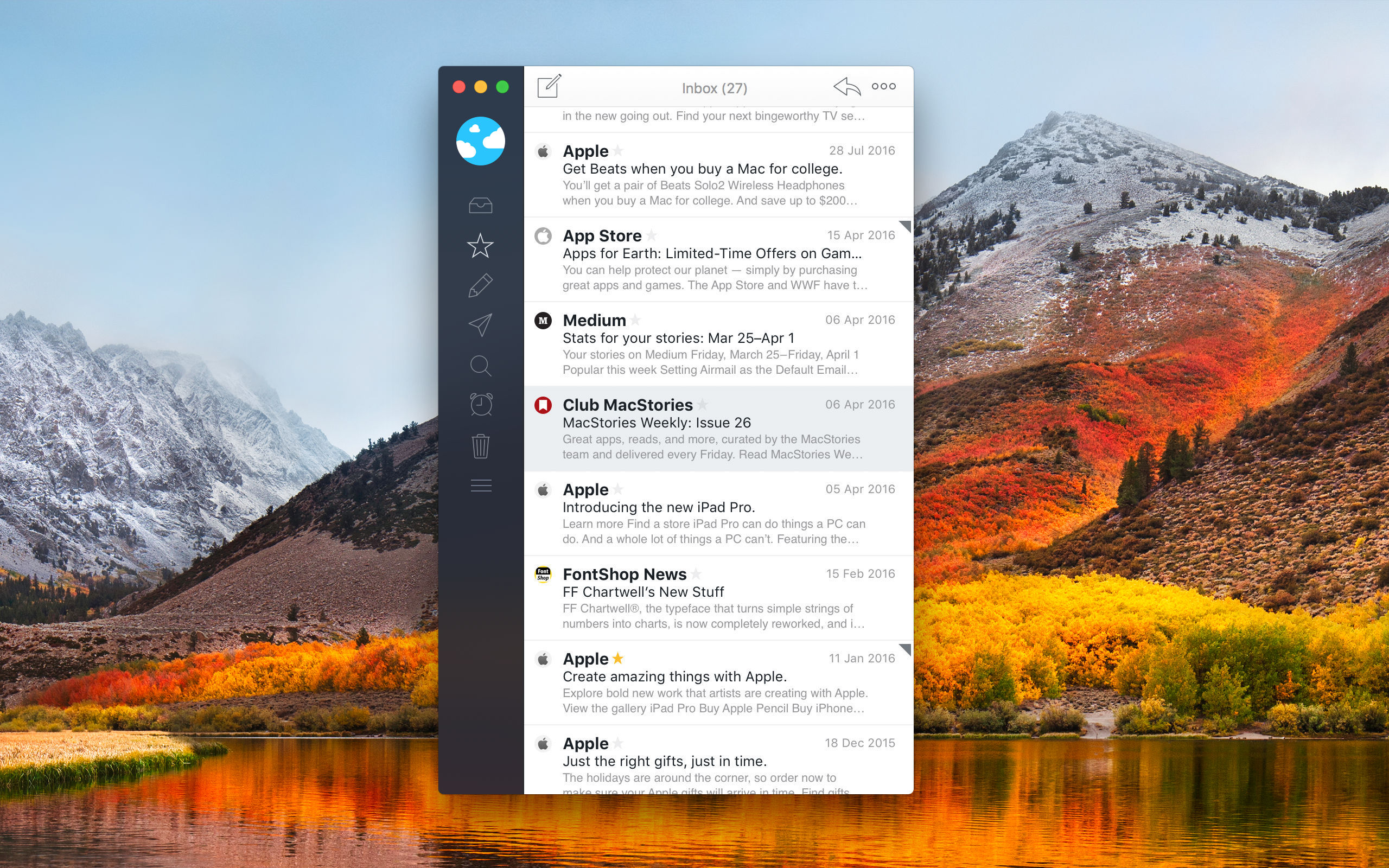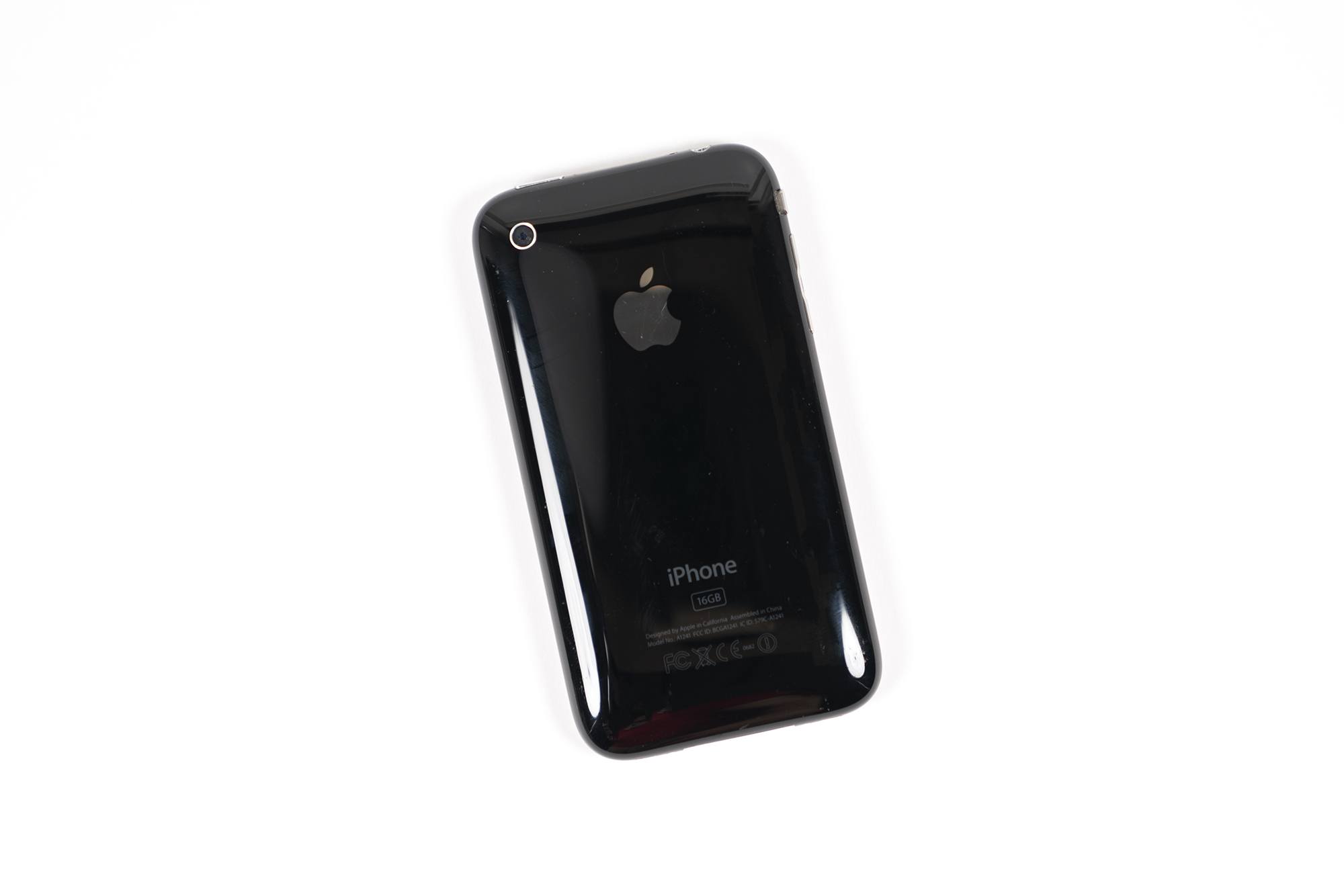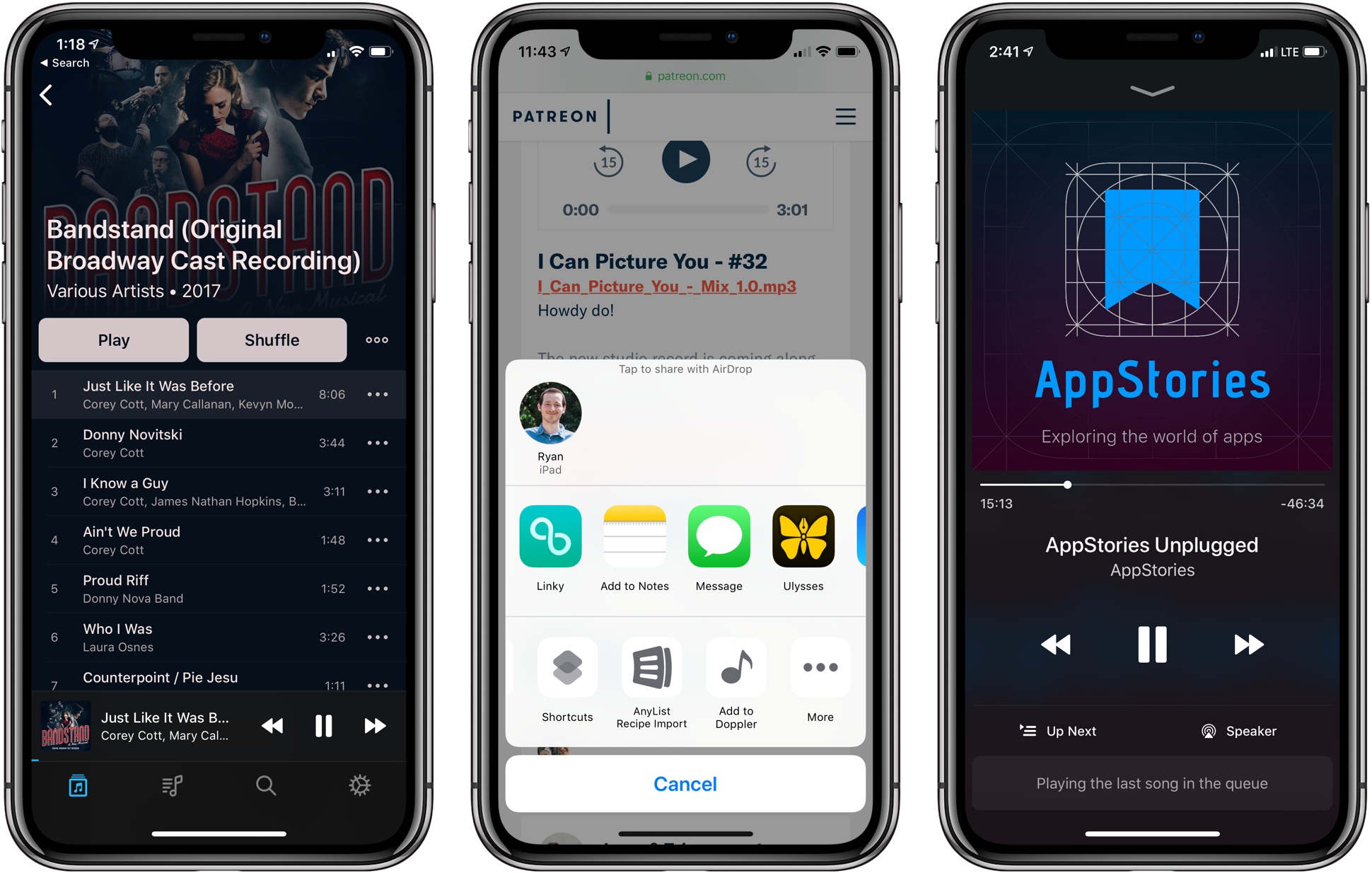Jason Snell, writing for Six Colors:
After a week of controversy following the posting of a video that claimed the new 15-inch MacBook Pro could experience massive slowdowns, Apple on Tuesday acknowledged that the slowdowns exist—and that they’re caused by a bug in the thermal management software of all the 2018 MacBook Pro models. That bug has been fixed in a software update that Apple says it’s pushing out to all 2018 MacBook Pro users as of Tuesday morning.
Here’s the official Apple statement, furnished to Six Colors by an Apple spokesperson:
Following extensive performance testing under numerous workloads, we’ve identified that there is a missing digital key in the firmware that impacts the thermal management system and could drive clock speeds down under heavy thermal loads on the new MacBook Pro. A bug fix is included in today’s macOS High Sierra 10.13.6 Supplemental Update and is recommended. We apologize to any customer who has experienced less than optimal performance on their new systems. Customers can expect the new 15-inch MacBook Pro to be up to 70% faster, and the 13-inch MacBook Pro with Touch Bar to be up to 2X faster, as shown in the performance results on our website.
The controversy caused this past week over throttling reports surely isn’t the kind of publicity Apple was hoping for with its latest updates to the MacBook Pro. There’s been all kinds of speculation as to the reasons for the excessive throttling that’s been reported, with one popular theory claiming it’s an issue with the MacBook Pro’s thin body – an error similar to that found with the current Mac Pro, whose enclosure can’t sufficiently handle the additional heat caused by powerful chips and heavy workflows.
While official tests will take some time to confirm Apple’s message, it’s great to see that the i9 MacBook Pro’s issues don’t appear to be hardware-related, and Apple moved swiftly to solve them.












